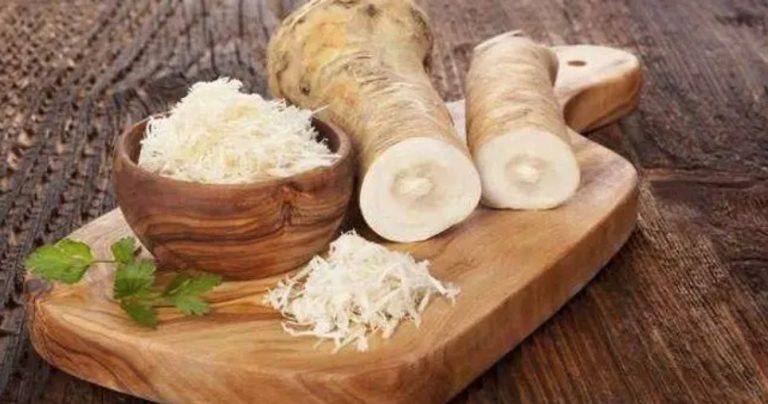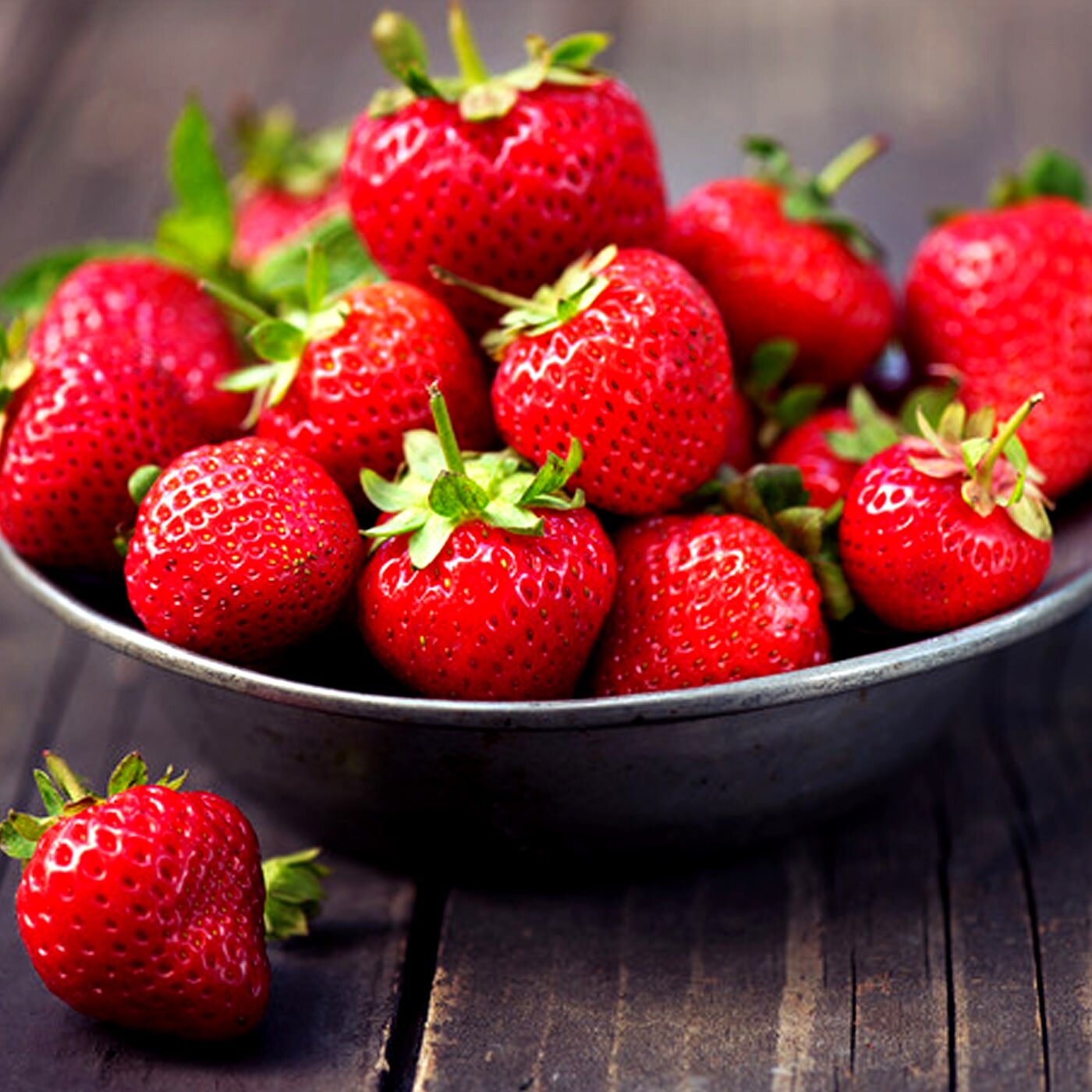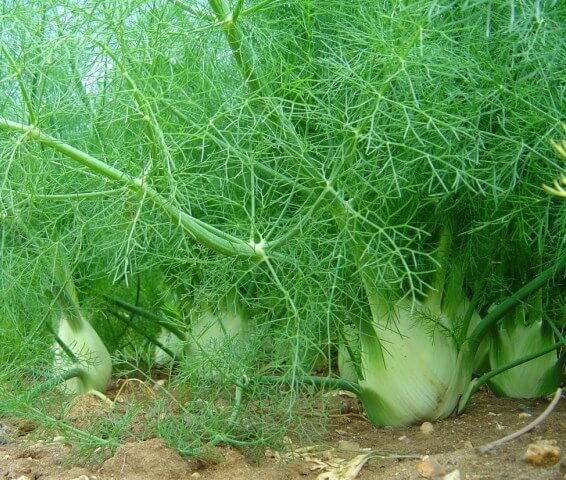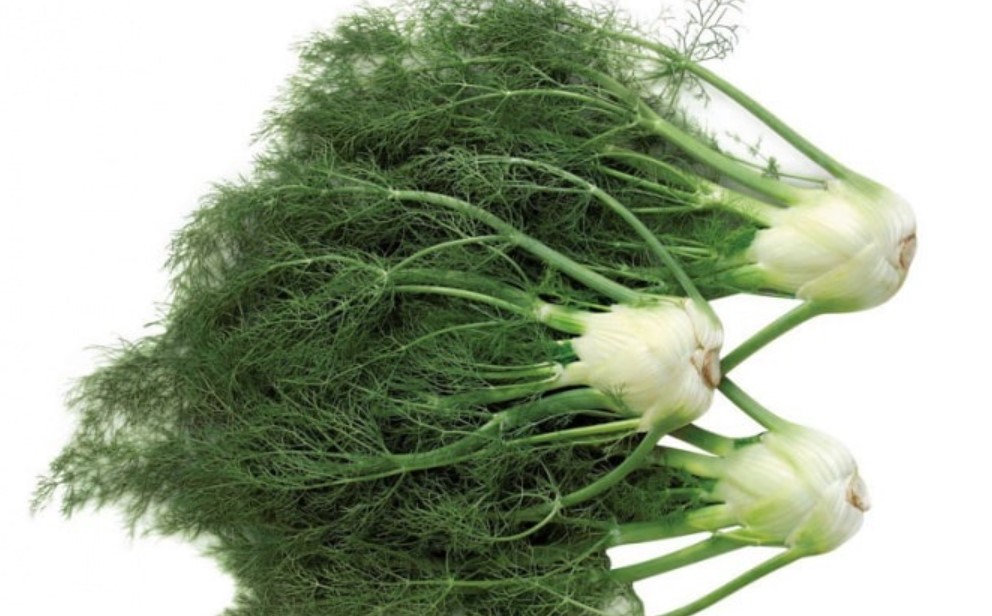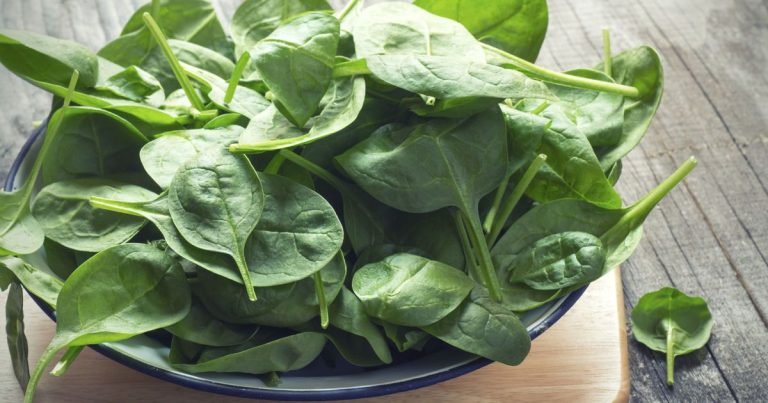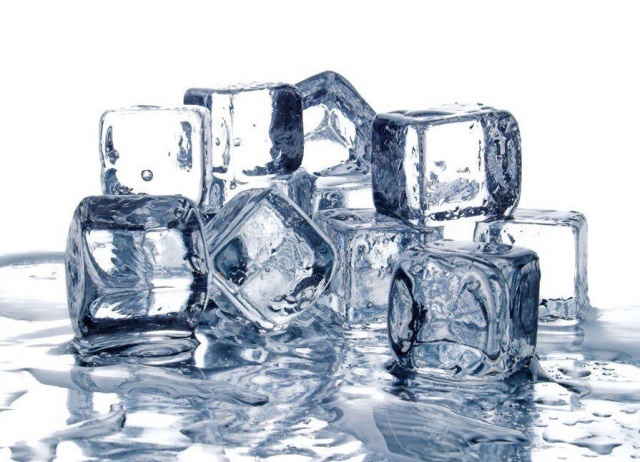More and more people appreciate the original coffee taste of filter coffee. In particular, the hand filter method is more popular than ever. You can read everything about the preparation and its advantages here.
What is hand filter coffee?
If you want to prepare a coffee with the hand filter, you only need two utensils: the filter holder and a filter. In addition, of course, the appropriately ground coffee powder and hot water are required for the preparation. Hand filter coffee is characterized by a clear aroma and full-bodied taste. The difference between filter coffee and hand filter coffee is already evident in the name. While normal filter coffee is usually prepared in a machine and the brewing process runs automatically, with hand filter coffee the water is poured over the ground coffee by hand.
This is how you prepare the perfect hand filter coffee
The hand filter method is a little more complex than the automated brewing process with the coffee machine. It takes several manual steps and of course your time. But it’s worth it. We explain how to brew hand filter coffee correctly.
Ingredients needed for one liter:
60 grams of ground coffee with a medium degree of grinding
1 L of water with a temperature between 93 and 96 degrees
Step 1: grind beans
For the preparation with the hand filter, the beans should be ground to a medium degree of grinding. The coffee powder is perfect when it is a little finer than for the French Press, but not as fine as for an espresso. The ground coffee should be as fresh as possible so that the extraction process works optimally. In addition, the ground coffee loses more and more aromas the longer it has been roasted and ground. The reason for this is oxidation.
Step 2: Fold filter paper, insert and rinse
First fold the filter paper at the lower end. Why? It’s very simple: the filter fits exactly into the filter holder due to the buckling. So there is no slipping that could cause coffee powder to get into the drink. Then insert the paper filter into the hand filter. Before brewing, the filter should be rinsed once with boiling water to remove any flavors.
Step 3: Add ground coffee
Put the ground coffee into the filter. Pay attention to the crowd. For one liter of coffee you need about 60 grams of powder. For a cup with 250 ml you calculate with about 15 grams of coffee powder. How many spoons that is depends on the size of your spoon. Just weigh the amount and you have the perfect dosage of coffee spoon to ground coffee.
Step 4: Boil water and let coffee swell
Boil the water, ideally it should be between 93 and 96 degrees. There is a reason for this: the coffee beans contain oils. At the specified water temperature, these combine best and ensure an aromatic taste. In the first step, pour enough water onto the coffee powder until it is completely covered. Now the coffee begins to swell, which is also called “blooming”. This “pre-brewing,” where small bubbles appear, should last about 30 seconds.

Step 5: Top up with water
After about 30 seconds, slowly pour the remaining water into the filter in a circular motion. Gradually add more water to the filter until you have the desired amount in the jug. When pouring the water, make sure that the ground coffee is wetted and not the edge of the filter. This prevents the water from running past the powder. It should take a total of two to four minutes – depending on the amount of water – until you have poured the liquid completely over the ground coffee.


